How to heat the enclosed livestock house? Introduction to the heating process of livestock houses
The growth of livestock and poultry involves three factors: variety, nutrition and environment. The three are equally important and cannot be ignored. In practice, people tend to pay attention to varieties and strengthen nutrition, but ignore the role of environmental factors in livestock production. Among the many environmental factors, the adverse effects of temperature on livestock production are particularly significant. Next, let's take a look at the introduction of heating technology in closed animal husbandry.
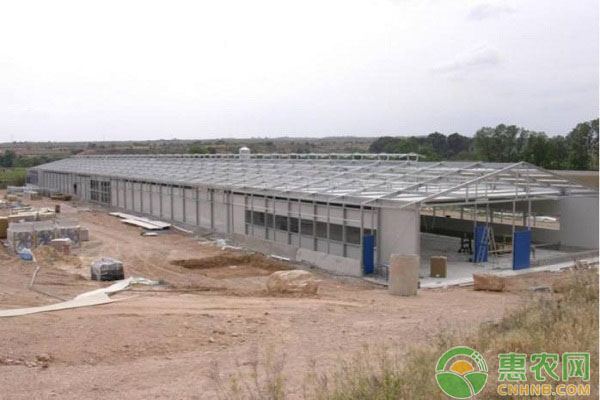
1. The holding temperature insulation design of external structure
The rational design and construction of the external protective structures such as roofs, ceilings, walls and doors and windows of livestock houses play an important role in improving the interior environment and improving the temperature inside the house.
1.1 Thermal insulation design for roofs and ceilings
The roof area of ​​the livestock and poultry house is relatively large, and the hot air inside the house rises, making the roof the most heat-dissipating part of the outer structure of the livestock house. Reasonable design of the roof pattern, roof material with suitable thermal resistance value, and additional ceiling can be effective. Improve the thermal insulation of the roof. The canopy can separate the roof from the house to form a relatively static air buffer layer. The cold air outside the house is preheated by heat exchange with the buffer layer, which can prevent cold air from directly entering the house. The height of the ceiling is generally 2.0 to 2.5 m. As the height increases, the air circulation is enhanced, but the heat preservation effect is lowered. The materials available for the ceiling are ash, sawdust, glass wool, expanded perlite, mineral wool, foam, and the like. Some research results show that the heat insulation performance of livestock houses is significantly improved by selecting materials with different thermal resistance and thermal insulation coefficient to modify the outer protective structure of livestock houses.
1.2 Wall insulation design
The loss of heat in the walls of livestock houses is second only to the roof. Selecting a material with a small thermal conductivity, determining a reasonable thermal insulation structure, and improving the construction quality can improve the insulation capacity of the wall. At present, many foreign livestock houses use a typical thermal insulation wall. The outer side is a corrugated aluminum plate with a 10 mm waterproof plywood on the inside. A 0.1 mm polyethylene waterproof layer, aluminum plate and plywood are attached to the inside of the waterproof plywood. Filled with 100 mm glass wool, the total thickness of this insulation wall is less than 12 cm, but the total thermal resistance can reach 3.81 Ω. Insulation materials commonly used in China include all-plastic composite panels, sandwich insulation composite panels and composite polystyrene panels.
1.3 door and window design
The design of the doors and windows of livestock and poultry houses should consider the effects of ventilation and lighting, and also take into account the role of heating and insulation in winter. In the north and west side walls affected by the cold wind, there should be fewer windows and doors, and pay attention to the strengthening of the north wall and the west wall. If necessary, add a door bucket or double-layer windows to enhance the winter insulation effect.
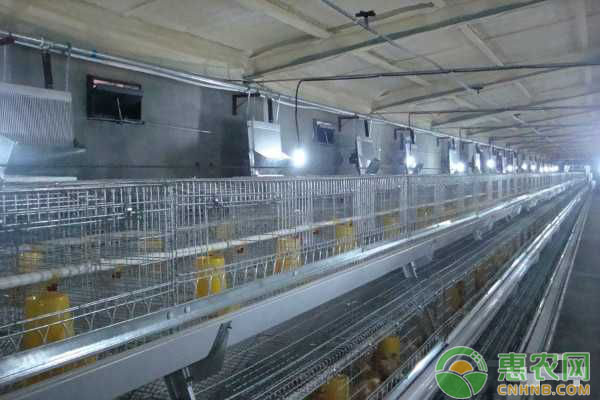
2. Heating process design
The livestock and poultry farms should comprehensively select and design the heating process according to the type of livestock and poultry, the level of production technology, and the structure of the livestock and poultry house. Common heating processes for livestock and poultry farming in China include warm beds, floor heating, solar energy, biogas heating and fermentation beds.
2.1 Warm bed
It is very difficult to use electricity in rural and animal husbandry in China. In winter, piglets are often heated by plumbing or heaters. The energy consumption is large and the effect is poor. The warm bed enhances the local temperature of the lying area by preserving the heat emitted by the pig itself, thus greatly reducing the energy consumption required for heating and insulation of the entire house (see Figure 1). The results show that the warm bed can significantly increase the daily weight gain and survival rate of the piglets compared with the infrared light, and reduce the incidence rate and save energy. The warm bed provides a good lying environment for the piglets in winter. This technology has been tested in many places in China. Compared with thick bedding and positioning feeding, the warm bed can reduce the dead rate of weaned piglets by 50%, increase the weight gain by 10% to 17%, and save about 10% of feed.
2.2 Floor heating
2.2.1 Electric floor heating Electric floor heating is to pre-embed electrical components below the ground of livestock houses, and convert them into heat energy for local heating. Firstly, the ground is leveled, 20 mm benzene board is laid as the insulation layer, and a layer of aluminum paper is laid on it as the reflection film. The core work is to install and fix the electrical components on the reflective film according to the design requirements, and finally spread on the electrical components. Fill the thin 30 mm thick layer and finally fill it with 10 mm plain cement mortar. The service life can reach 30 years.
2.2.2 Hydrothermal floor heating The hydrothermal floor heating is laid under the ground of the livestock house, consisting of the main pipe, the water separator and the branch pipe. Firstly, a 20 mm cryptographic benzene board insulation layer is laid, and a layer of aluminum tissue paper is laid on the insulation layer as a reflection film, and then the water pipe is fixed thereon. A 40 mm thick honeycomb layer was placed on the water pipe and compacted with a fineness of 25 to 30 mm. This method is commonly used in the incubator floor of the delivery room, the active ground of the piglets in the delivery room, and the local ground of the nursery. The source of heat can be obtained by boiler heating, solar energy collection or ground pump heat. However, the use of boilers to heat water requires consumption of coal, which not only consumes non-renewable energy, but also produces harmful gases such as carbon monoxide and sulfur dioxide, which pollute the environment. The solar energy system or the ground pump heat source is used to heat the water source, which utilizes renewable energy, avoids the consumption of non-renewable energy and environmental pollution, but the investment in the previous period is relatively large. Due to scale problems, the service life of hydrothermal heating is no more than 10 years.
2.3 Solar energy
In the cold regions of northern China, the efficient use of solar energy to heat the livestock houses can greatly save energy and reduce pollution. Researchers have conducted systematic and comprehensive research on the development and application of solar energy in the warmth of northern pig houses.
2.4 Biogas
Some researchers have used geogas energy to heat geothermally in the pig house, and at the same time added insulation materials to the wall of the pig house. The test results show that the ground temperature of the pig house can be kept at about 30 °C, and the air temperature is maintained at about 25 °C. The effect of warming and heat preservation is obvious, and the ambient temperature of the pig house is kept in an appropriate state. Biogas heating not only conforms to the concept of green environmental protection, but also effectively solves the problem of storage of livestock and poultry excrement, improves economic efficiency, and provides a feasible plan for livestock and poultry production.
2.5 Fermentation bed
Fermentation bed culture technology is based on the micro-ecological principle and biological fermentation theory, using microbes to "in situ degradation" of livestock and poultry excrement, so as to achieve a new breeding mode of "zero pollution" in the breeding environment and ecological environment. This technology first appeared in Japan and was promoted. In recent years, it has been rapidly promoted and applied in China. Bed raising is the key to the technology of fermentation bed breeding. The scientific maintenance of litter in the bed can effectively improve the digestion and decomposition of livestock manure, prolong the use period and improve the breeding efficiency. The temperature, humidity, pH and other indicators of the litter during the culture can indirectly reflect the status of microbial activity in the litter and the effect of the bed.
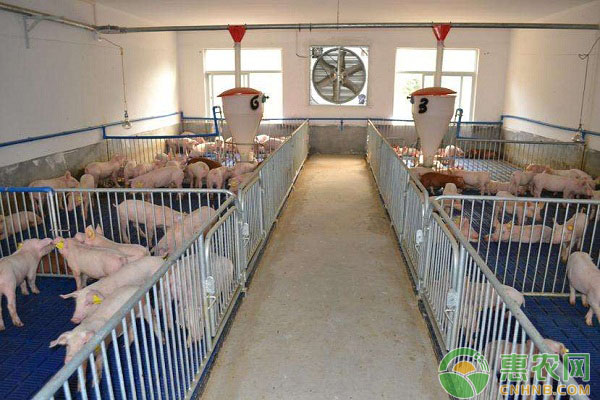
3. Conclusion
Closed-type livestock and poultry house heating in winter is a comprehensive work. There are many ways to design the heating process of closed livestock houses and heating equipment. However, any method and equipment have certain disadvantages and advantages. Appropriate selection according to the scale of cultivation, breeding level and economic status. In addition, while strengthening the heating and insulation of closed livestock houses in the winter, we must do a good job of ventilation and ventilation to supplement fresh air and reduce the harmful gas concentration and dust content of livestock houses.
Kelp noodle is a miracle creature of seaweed industry. It is made of 100% kelp without adding any flour.
It looks like noodles, but taste as vegetables. It make people full but antifat.
It is the most favorite choice of people with hypertension, hyperlipemia, hyperglycemia.
We have 2 types of Kelp noodle. One is [Need to cook", Another is [Ready to Eat"
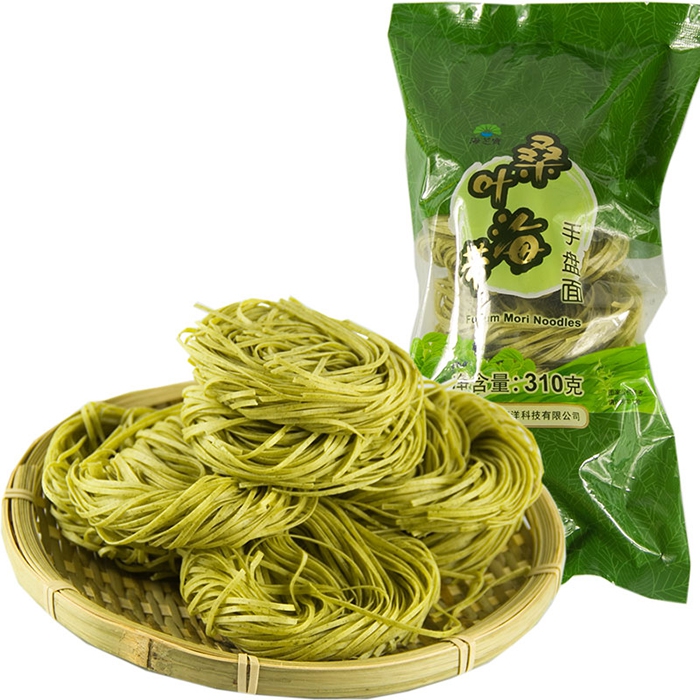
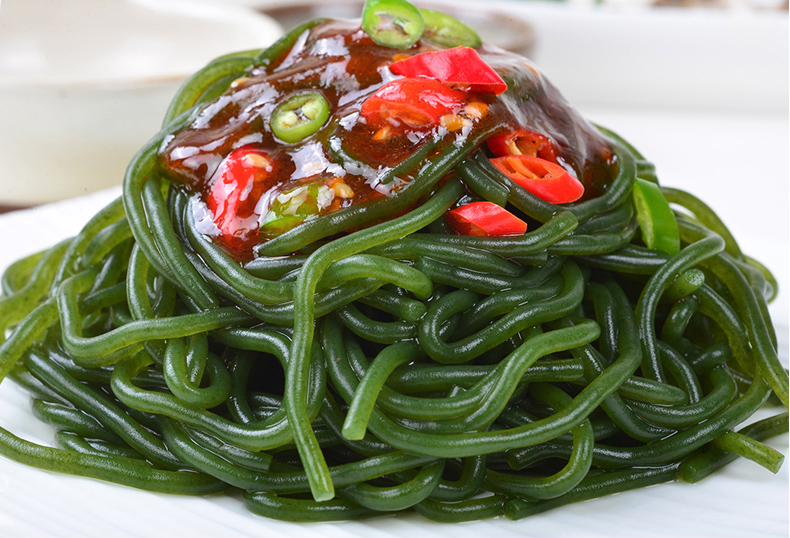


Dried Kelp Noodles,Kelp Noodles,Kelp In Ramen,Sea Kelp Noodles
Shandong Haizhibao Ocean Science and Technology Co.,Ltd. , https://www.haizhibaoseafood.com